Table of Contents
As the U.S. government continues to grapple with the complexities of its trade relationship with China, the Trump administration has sought to rejuvenate domestic industries by imposing tariffs on foreign products, particularly from China. While tariffs are often seen as a tool for reshaping global trade relations, China’s industrial rise offers important lessons that the United States might learn from. China has successfully transitioned from poverty to becoming the world’s largest manufacturer and exporter within a generation, and its industrial strategy, while different from the U.S.’s, provides insights into how America can enhance its manufacturing capabilities.
This post takes a deep dive into the Chinese industrial playbook and explores the key lessons the United States can draw from China’s rapid industrialization, moving beyond tariffs and traditional import substitution strategies.
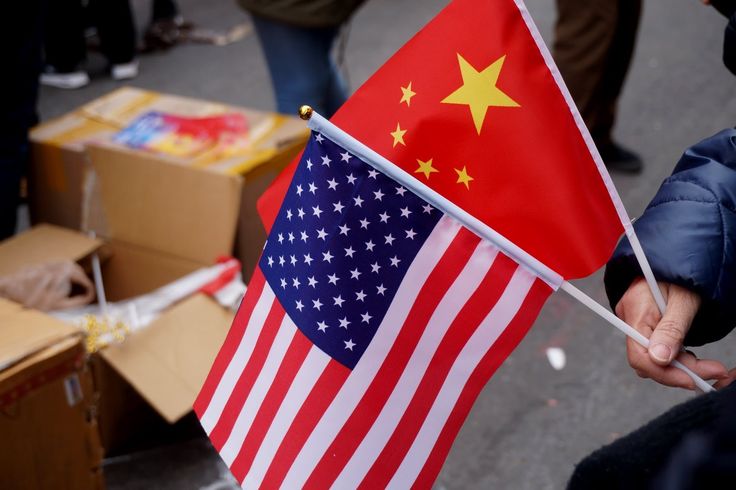
China’s Industrial Growth: A Strategic Vision
The rapid growth of China’s industrial sector didn’t solely rely on tariff-based policies or protectionist trade measures, as often assumed by critics of globalization. Instead, China focused on comprehensive industrial strategies that utilized foreign direct investment (FDI), technology transfer, and state-led planning. China’s growth model was not built around traditional import substitution but relied on a careful mix of market liberalization, state interventions, and innovation-driven development.
One of the key lessons the U.S. can learn from China’s industrial playbook is the importance of long-term planning. China implemented several multi-decade plans that offered a predictable business environment for investors. When China sets an economic goal, such as becoming a leader in renewable energy or advanced manufacturing, investors have clear signals, allowing them to align their strategies with national priorities. This consistency has made China an attractive destination for investment in key sectors, including electronics, renewable energy, and automotive manufacturing.

China’s Focus on Productivity Over Job Creation
China’s industrial policies prioritize productivity rather than merely focusing on job creation. While U.S. manufacturing strategies have been deeply concerned with protecting existing jobs, China has long recognized that higher productivity—especially in high-tech industries—ultimately leads to a more competitive economy. Automation and robotics have played an essential role in this transformation. As a result, China has witnessed a significant increase in industrial automation, using robots and AI to enhance the productivity of its manufacturing sector.
In comparison, the U.S. has often struggled with high manufacturing costs and low wages in its production sectors. China’s approach to building automated factories that don’t rely heavily on labor may be the way forward for the U.S. if it seeks to regain its competitive edge in global manufacturing. This shift is increasingly important as labor costs rise in China due to its aging population, prompting Chinese companies to invest more in automation rather than relying on cheap labor.
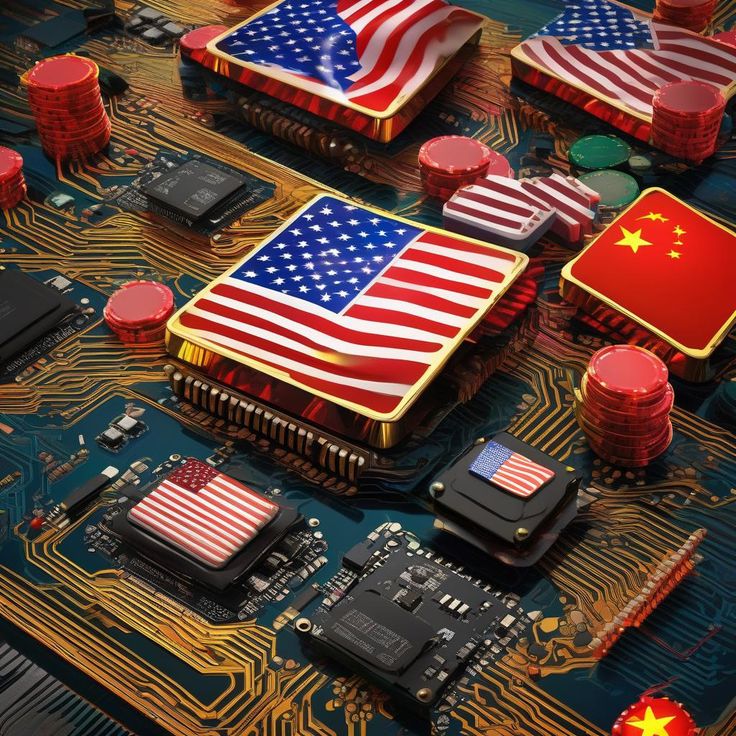
China’s Industrial Upgrading: Beyond Tariffs
While tariffs may seem like an easy fix for industrial decline, China’s approach has been far more strategic. The country’s industrialization didn’t rely solely on protecting domestic markets with high tariffs. Instead, China actively encouraged foreign investment in the 1990s and 2000s, especially in high-tech sectors, through a variety of policy tools such as subsidies, tax credits, and government procurement.
Foreign companies investing in China were often required to enter joint ventures with local firms, facilitating technology transfer and skills upgrading. This was a critical factor in the transformation of China’s manufacturing sector. The U.S., on the other hand, often pursued a more traditional approach, relying heavily on tariffs to safeguard domestic industries. However, China’s long-term strategy of fostering indigenous innovation through foreign collaboration helped them catch up and, in many cases, surpass global competitors in key sectors.
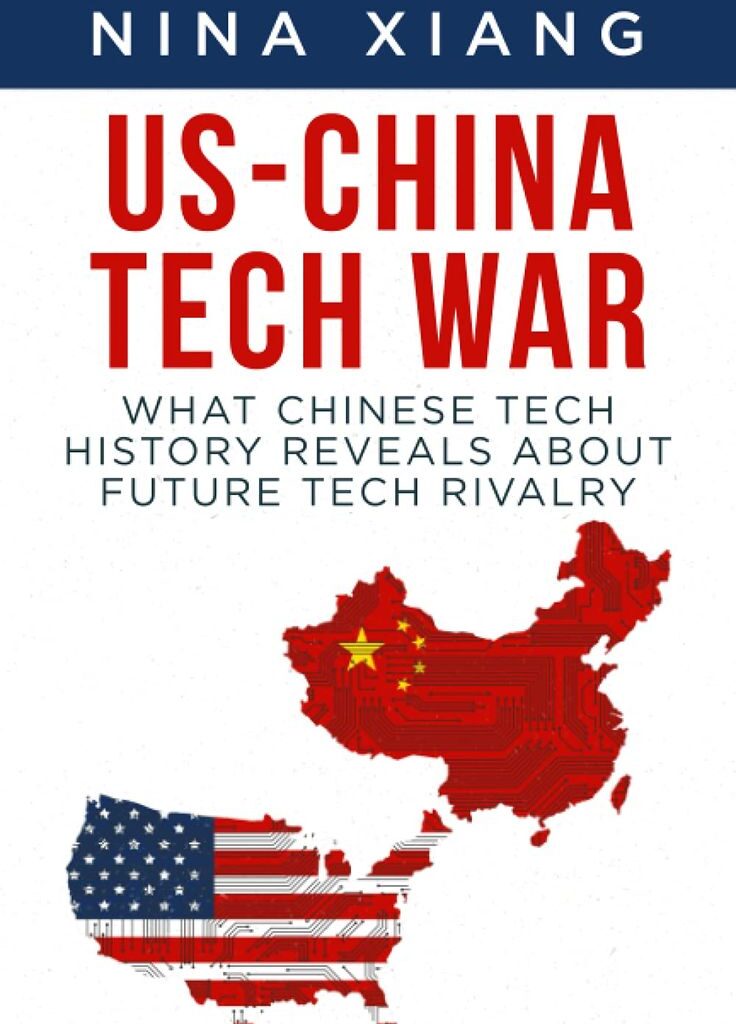
Innovation and R&D: A Core Focus for China
Innovation and research and development (R&D) have been central to China’s industrial growth. The Chinese government’s investment in R&D has increased dramatically in recent years, with China now poised to overtake the United States in total R&D spending in terms of purchasing power parity. The focus is not just on applying existing technologies but on developing homegrown capabilities in critical areas such as AI, quantum computing, and biotechnology.
The U.S., however, has underinvested in basic research in comparison, relying instead on its established technological dominance in areas such as software development and advanced computing. If the U.S. wishes to regain its manufacturing prowess, it must place a greater emphasis on innovation and make larger, more consistent investments in R&D—not just in defense technologies but across all industrial sectors.
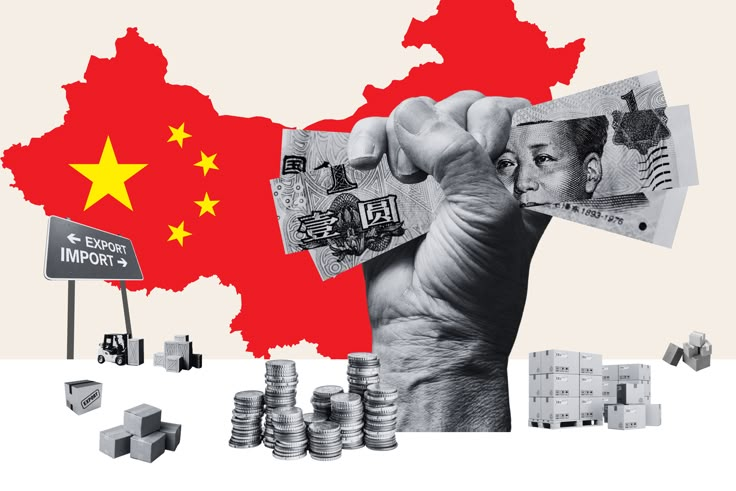
Export-Oriented Growth: A Strategy for a Smaller Economy
China’s export-oriented growth in the 2000s was possible because of the relative small size of its economy at the time. As China’s manufacturing sector expanded, the country relied heavily on exports to generate the demand necessary for sustained growth. However, this model is not directly applicable to the United States, the world’s largest economy. The U.S. faces different challenges—especially in the context of high manufacturing costs and the limited size of foreign markets that can absorb U.S. goods at a scale that would drive the same level of growth seen in China.
The key lesson here for the U.S. is to focus less on export-driven strategies and more on domestic consumption and market-driven growth. Instead of replicating China’s model, the U.S. must tailor its strategies to its own strengths, such as technological innovation, advanced manufacturing, and strategic industries that align with national security priorities.

China’s Evolving Exchange Rate Strategy
For many years, China’s undervalued exchange rate served as a competitive advantage, allowing Chinese manufacturers to produce goods at lower costs and flood global markets. However, as China’s economy has grown, this approach has changed. China’s government has shifted from artificially keeping the yuan weak to stabilizing its currency in response to global economic fluctuations. This marks a significant shift in strategy compared to earlier decades when a weak yuan was central to China’s trade surplus.
For the U.S., this change in exchange rate policy has implications for future trade negotiations. As China has stopped directly manipulating its currency, it will become more challenging for the U.S. to push for currency appreciation through trade negotiations. This shift highlights the importance of considering macro-economic factors like currency policies when drafting long-term trade strategies.
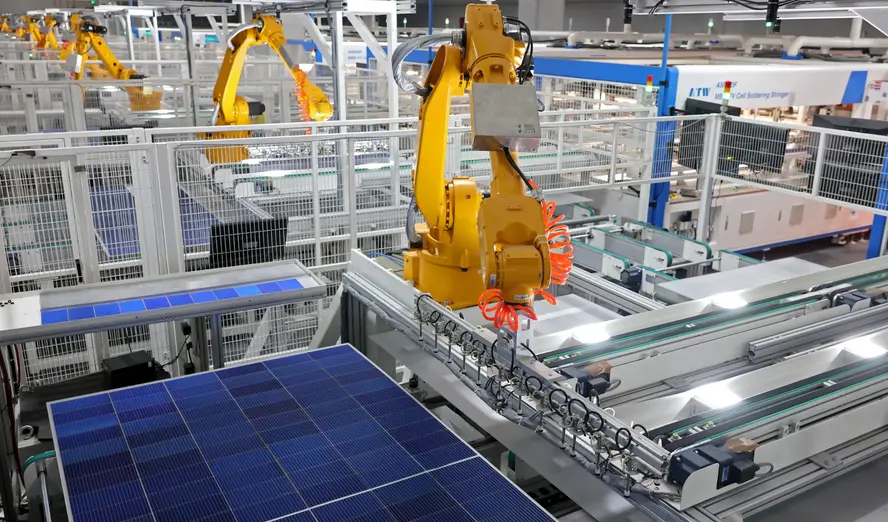
Conclusion: Key Lessons for the United States
While China’s industrial rise may not be entirely replicable for the United States, there are valuable lessons that Washington can learn from Beijing’s strategy:
- Use a multifaceted approach: Combining foreign investment, government incentives, and long-term planning for industrial policy, as China did, can provide a more sustainable path to manufacturing revival than relying on tariffs alone.
- Focus on innovation and R&D: The U.S. must step up investment in basic research and technology to maintain its competitive edge.
- Automation over job creation: As China did, the U.S. should emphasize automation and manufacturing efficiency rather than simply trying to create more jobs in the manufacturing sector.
- Prioritize domestic demand: The U.S. should look inward to boost its domestic consumption, as it cannot replicate China’s export-driven growth model in the long run.
China’s industrial success is built on strategic decisions made over several decades. The United States has much to gain by adopting similar long-term strategies, with a focus on innovation, productivity, and efficiency, to regain its position as a global manufacturing leader.
Author Profile
- Syed Tahir Abbas is a Master's student at Southwest University, Chongqing, specializing in international relations and sustainable development. His research focuses on U.S.-China diplomacy, global geopolitics, and the role of education in shaping international policies. Syed has contributed to academic discussions on political dynamics, economic growth, and sustainable energy, aiming to offer fresh insights into global affairs.
Latest entries
 Middle East AffairsJuly 14, 2025An Open Letter from Gaza’s University Presidents: Resisting Scholasticide Through Education
Middle East AffairsJuly 14, 2025An Open Letter from Gaza’s University Presidents: Resisting Scholasticide Through Education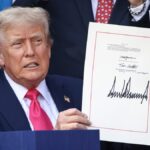 U.S. PolicyJuly 9, 2025Impacts of the One Big Beautiful Bill Act on the U.S. Mining Sector
U.S. PolicyJuly 9, 2025Impacts of the One Big Beautiful Bill Act on the U.S. Mining Sector Human RightsJuly 2, 2025Palestine Action Is a Moral Compass. That’s Why the UK
Human RightsJuly 2, 2025Palestine Action Is a Moral Compass. That’s Why the UK International PoliticsJune 26, 2025Iran Confirms Serious Damage to Nuclear Sites from U.S. Strikes, Rules Out Meeting with Washington
International PoliticsJune 26, 2025Iran Confirms Serious Damage to Nuclear Sites from U.S. Strikes, Rules Out Meeting with Washington


1 comment
Your story truly touched me. I relate to it deeply, and your honesty gave me a fresh perspective. Thank you for sharing!